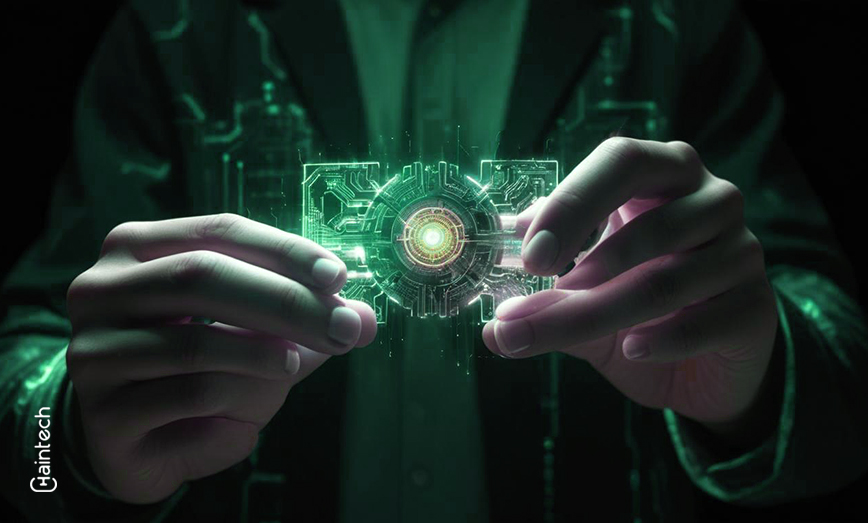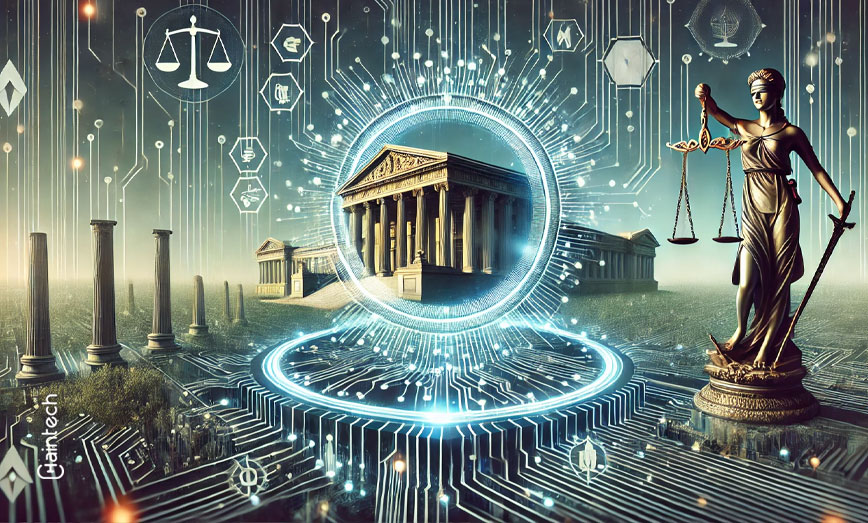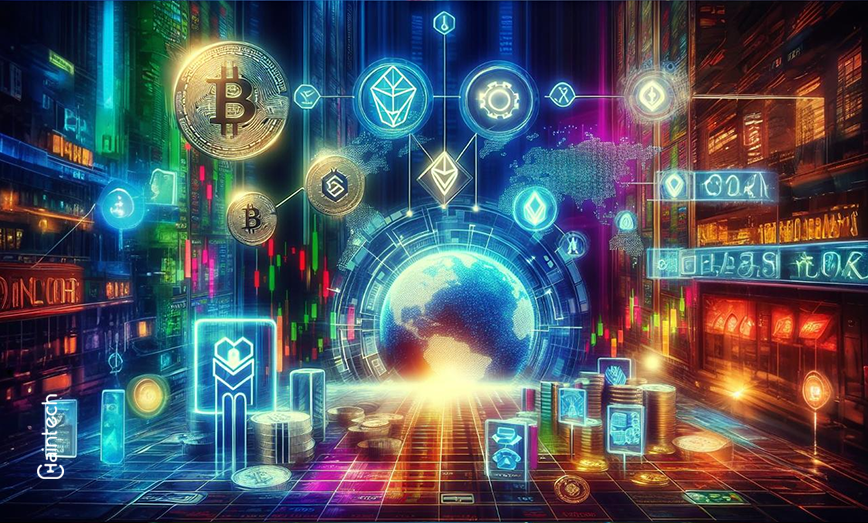What is Token Issuance? A Comprehensive Guide

Do you want to know how affordable it is to possess an insignificant fraction of a luxurious apartment without really buying the entire lovely bed and breakfast? That’s how one understands token issuance. It is how a very valuable item such as real estate, an art piece, or a share in a company is divided into numerous smaller portions known as tokens that exist in a digitalized form. These tokens are further bought and sold or traded.
Keep reading to find out what tokenization is, how it is done, why it will be relevant and fundamental in the modern world, and its relation to finance and assets.
Tokenization: Transforming Assets with Blockchain, Liquidity, and New Challenges
- This allows for the conversion of physical or digitally represented assets into tokens that are traded on the blockchain.
- Tokenization enhances liquidity and introduces a chimera for ownership of costly properties.
- As much as tokenization has many advantages, it also has troubles, such as risk due to cyber and regulatory factors.
So, now we will investigate the challenges at hand regarding this practice of tokenization.
What is Tokenization?
The act of token issuance is the hypothecation, binary or fractional, of an asset. It is when stocks or shares are transferred into a token, which represents an asset in simple terms. These tokens are stored in a secure, decentralized system known as a blockchain. This makes it easier to convert an individual’s ownership of a very high value into several smaller portions that can be traded separately.
In this instance, rather than purchasing a whole building, one can just buy a token reflecting the fractional ownership of that particular structure. This means that more investors can participate in the activity because the quorums do not have to be money-breaking.
Tokenization can be applied to both physical assets, such as real estate or art, and digital assets, such as stocks or computer game items. The idea is to democratize and make such ownership more flexible while utilizing the honesty of blockchain technology.
How does token issuance work?
The process of tokenization typically follows these steps:
- Identify the Asset: First, you decide which asset to tokenize. It could be anything from real estate to shares in a company.
- Create a Digital Token: Next, you create a token on a blockchain. This token represents a portion of the asset.
- Smart Contracts Setup: A smart contract is initiated on a blockchain, which elaborates on the terms of the token.
- Token issuances: After all these steps are completed, the tokens for investment purposes are issued and ready to be sold.
- Tokens Trading: Ownership of tokens can be bought, sold, or exchanged, after which it is recorded on the blockchain.
In this regard, subdividing the property into smaller portions that can be easily traded by the various interested parties makes it more liquid than the single method of buying expensive assets.
Types of Tokens in Tokenization
These tokens are used for different purposes, and each has its advantages. However, the underlying technology, blockchain, forms the basis of all of them and ensures trade security, openness, and fluidity. Tokens are not alike in matters of content. Some categories of tokens exist that have different functionalities.
This table can provide a quick reference for understanding the different token categories.
| Type of Token | Description | Use Case | Key Feature |
| Security Tokens | Digital representation of ownership in real-world assets like stocks or real estate | Investment in companies, real estate, etc. | Follows financial regulations and offers ownership rights |
| Utility Tokens | Provides access to specific services or products within a blockchain platform | Used for platform services (e.g., software access) | Used within a particular ecosystem |
| Asset-Backed Tokens | Tied to physical assets like real estate or precious metals | Real estate, commodities, fine art | Value depends on the underlying asset |
| Stablecoins | Pegged to stable assets such as fiat currency to reduce volatility | Payment methods, savings, remittance | Maintains a stable value |
| Non-Fungible Tokens (NFTs) | Represents unique digital assets, such as artwork or collectibles | Digital art, music, collectibles | Each token is unique and not interchangeable |
This table provides a simple breakdown of different token types, their use cases, and their main characteristics. It helps readers quickly grasp how tokenization can be applied across various industries and assets.
Benefits of Tokenization
Tokenization has come as a welcome development because it has some advantages in different sectors. Let’s look at some of the top advantages:
- Enhanced Liquidity: Tokenization makes it easier to trade ownership in various assets that might have been difficult to trade before.
- Asset byte ownership: Less money is needed to buy a fraction of an asset than the entire asset, attracting more investors.
- Visibility: The transactions carried out within the system are documented on the blockchain, eliminating opportunistic fraud and increasing individual accountability.
- Protection: Security is pronounced due to the non-centralized form of the ledger, which prevents any unauthorized changes or hacks.
- Reduced Transaction Costs: Through “Disintermediation,” it is simpler and cheaper since reductions of transaction costs are possible.
Tokenization is being used nowadays to allow several people to invest and buy portions for themselves, making ownership of expensive real estate properties possible. This would not be possible without the technology behind tokenization.
Real-World Applications of Tokenization
Tokenization can’t be simply regarded as a buzzword because it’s currently implemented in practice in various industries. Here are some practical ways in which tokenization is useful:
- Real Estate: In tokenized real estate, people can purchase fractions of entire properties rather than the whole real estate package.
- Art: High-priced artworks can be digitized and shared, allowing a few individuals ownership of the art.
- Stocks: The conversion process transforms stocks and bonds into digital formats, enabling easy trading and transaction settlement.
- Gaming: Users can transact real money for virtual assets used for games to function.
- Supply Chain: Tokenization performs tracking and administrative processes for goods through the supply chain, making it easier to follow items from when they were manufactured to shipping.
Did you know?
China has enacted digital yuan pilot forms, making it among the first countries to take steps toward digital currency integration.
Challenges of Tokenization
All things considered, tokenization is beneficial, but not without its intricacies. Here are some of the main hurdles:
- Regulatory Compliance: Tokens pertaining to real-life countries could be subject to very stringent rules in the financial industry.
- Adoption: Many individuals and businesses remain unable or unwilling to adopt tokenization fully because they do not understand it or are afraid of change.
- Cybersecurity Risks: Like any other digital system, tokenized assets may be at risk of hacking or fraud if security precautions are not taken.
These hurdles are real and must be dealt with to ensure the widespread acceptance of token issuance.
Software SaaS Tokenization
The practice of SAAS platform providers is also no different from monopolization. Here’s why SaaS tokenization is the type of trend that is everywhere:
- Flexible Access: SaaS platforms can issue tokens representing different service levels, allowing users to pay for only the features they need.
- Rewards Programs: Token-based reward systems seek to keep users on the platform by rewarding them for any form of engagement.
- Monetization: Similar to other SaaS companies, these companies will be able to sell tokens directly to their customers, creating additional revenue streams aside from subscriptions.
This relatively new concept allows more flexibility and personalization for SaaS providers’ users.
Why token issuance matters
Semiconductor, with its token issuance processes, intends to change the paradigm of how we possess, exchange, and safeguard our asset structures. Converting a tangible or digital asset into a digitized token helps widen investments and enhance security, transparency, and liquidity.
As various sectors, including property and gaming, begin to use tokenization, it’s obvious this technology will last for quite a while, but the need to be aware of the regulation changes and the dangers that come along with this progress must be adhered to as well.
It is essential to comprehend tokenization to keep up with and adopt the aspects of the fast-changing finance and technology environment. It’s not merely fashionable; it’s the direction in which the investment industry is heading.
FAQs
- What is tokenization in blockchain?
Tokenization involves taking an asset and converting it to digital units called tokens stored on the blockchain and interchangeable using it.
- What types of assets can be tokenized?
It is possible to tokenise almost anything, including real property, art collections, shares, and other examples, like in-house melee equipment.
- How does tokenization benefit investors?
Tokenization provides the advantage of fractional investments in high-value assets: Many can purchase portions of assets that no single individual can afford. It also enhances liquidity and decreases transaction expenses.
- Is tokenization safe?
Yes, tokenization employs distributed ledger technology, which is a secure system because of its distributed and open structure. However, issues concerning cyber security remain.
- What’s the difference between security tokens and utility tokens?
Security tokens provide ownership in underlying real assets, while utility tokens allow users to participate in certain activities or access certain functionalities of a blockchain-based system.









